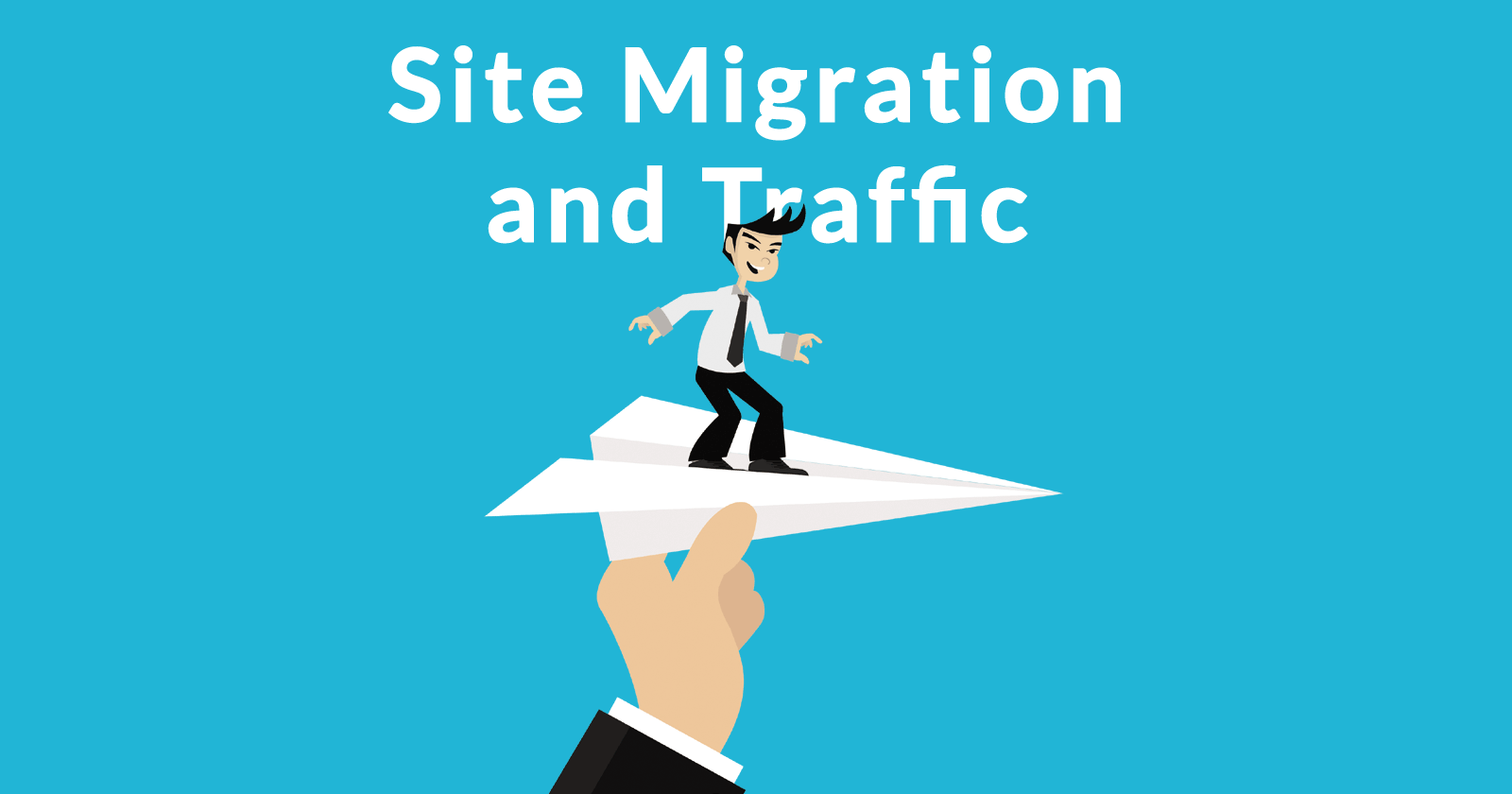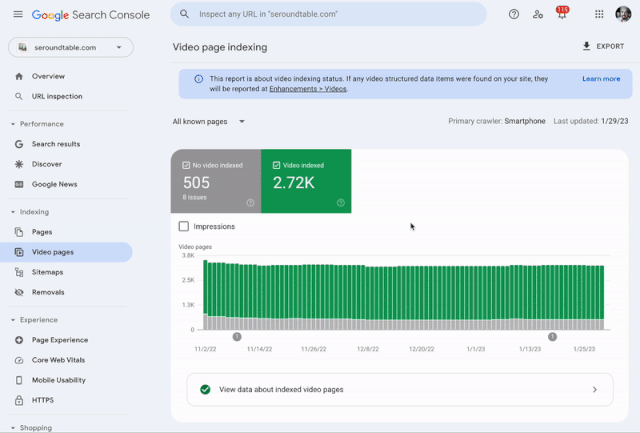SEO: How to move a site hosting & Infrastructure without URL change

Image Src: Search Engine Journal
Are you worried about your rankings while migrating your site? If yes, you might get the answer to a lot of queries with this article.
This guide demonstrates how to minimise the consequence on your Google Search performance when migrating your site’s hosting infrastructure i.e. when switching hosting providers or content distribution networks (CDN).
How to Change URLs?
If you plan to do visible URL modifications, begin with site moves with URL changes.
- Be clear on what to expect, and its impact on your users & rankings
- Begin uploading content to the new servers or configure your CDN and your origin servers
- Adjust the DNS settings of your domain name to the new hosting infrastructure, with this in place, the process of sending traffic to the new infrastructure will commence thereof
- Keep a close check on the traffic
- Once you are sure that users are receiving content correctly, you can shut down the old hosting infrastructure
How to develop the new hosting infrastructure?
Step 1: Copy and test your new site
Upload a copy of your site to the new hosting provider to verify that it is working properly considering all aspects
Step 2: Confirm if Googlebot is able to access the new hosting infrastructure
You can verify the same using your search console account:
- Create a new account for your site to monitor Google access and traffic
- In case of a temporary hostname for your new site, create an account for that hostname too
- Ensure that Googlebot can access the new infrastructure using the URL Inspection Tool in Search Console
Step 3: Reduce TTL value for DNS records
Lowering the TTL value in the DNS record helps the site move faster. This further enables the new settings to propagate to ISPs faster.
Step 4: Analyse Search Console verification
Make sure your Search Console verification will continue to work after the site move.
- Include your current verification file in a new copy of the site using the HTML file method to confirm ownership in the Search Console
- If doing through meta tag or Google Analytics, add the new CMS copy
Step 5: Initiate the site move
- Terminate any temporary blocks to crawling
- Revamp the DNS settings
Step 6: Keep a tab on your site’s traffic
- Monitor the server logs on both new and old servers
- Use various public DNS checking tools
- Observe crawling via Index coverage graphs in Search Console
- Let Googlebot decide
Keep the setting at Let Googlebot decide so the settings designed only for the old system won’t interrupt the new system







